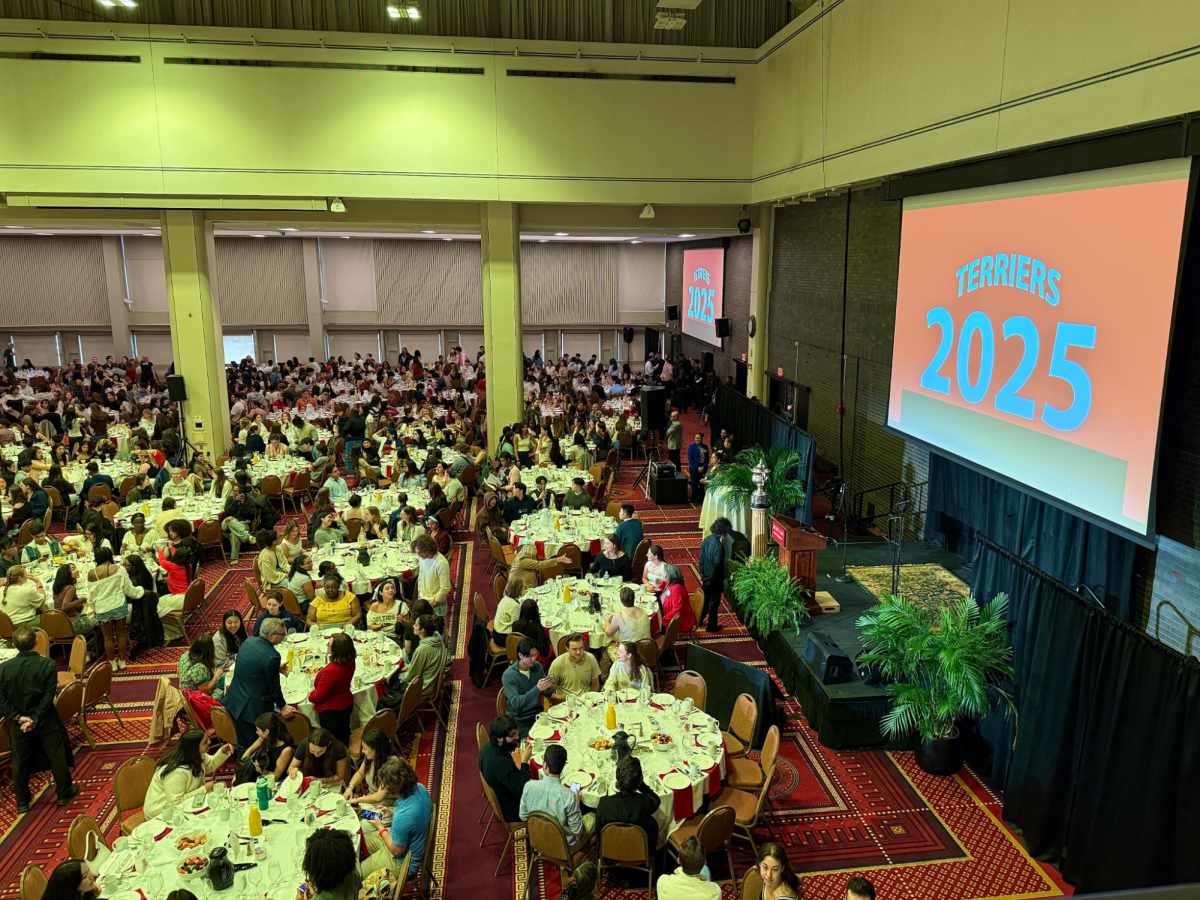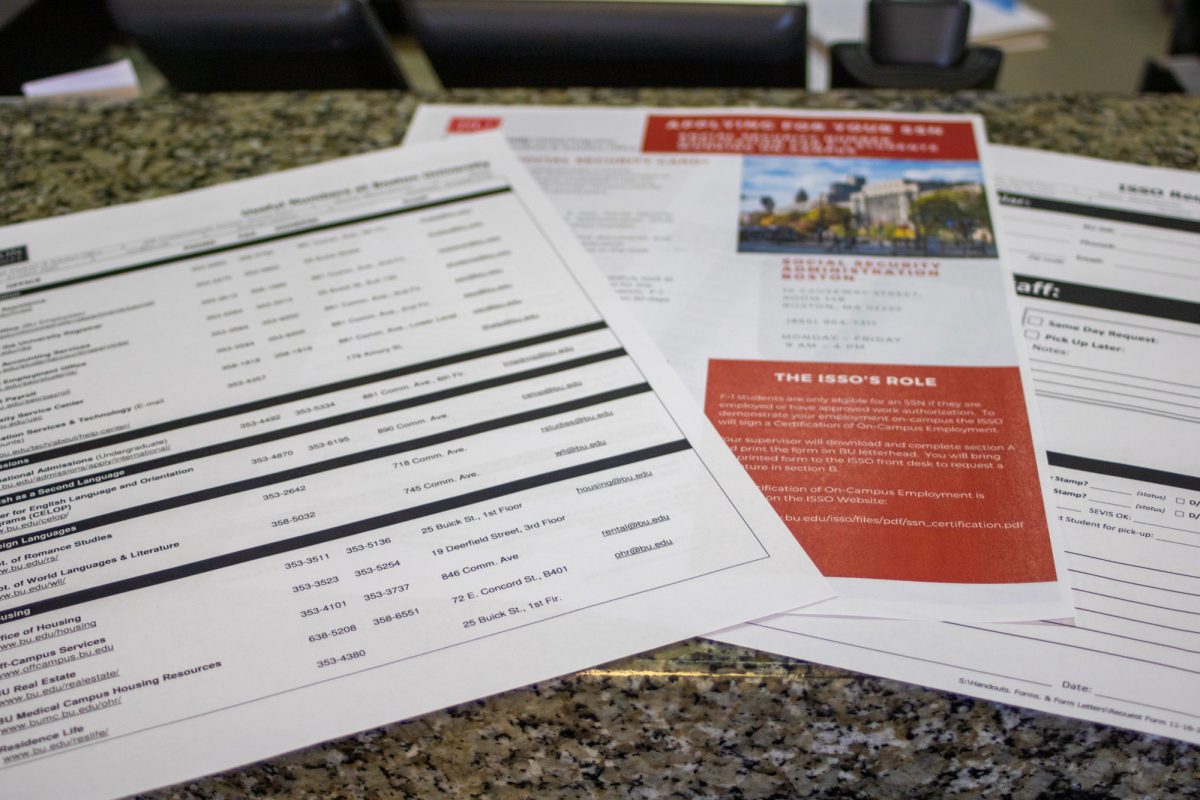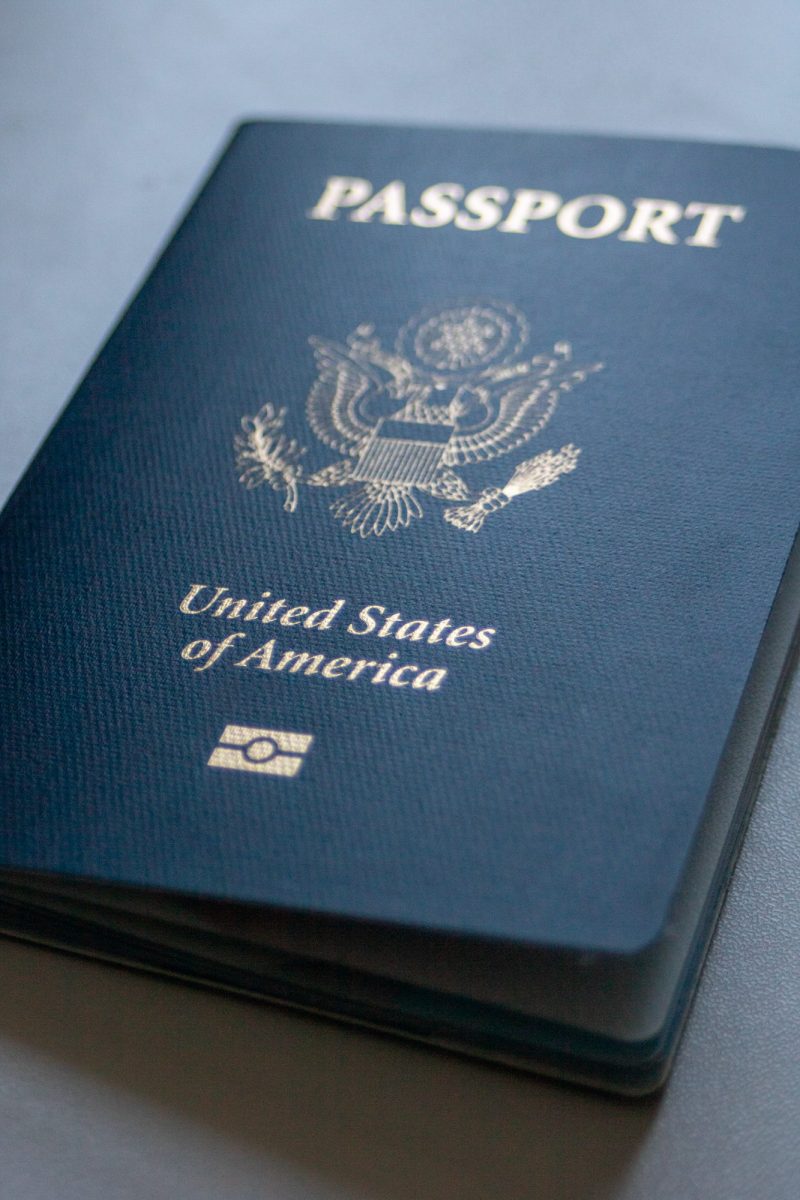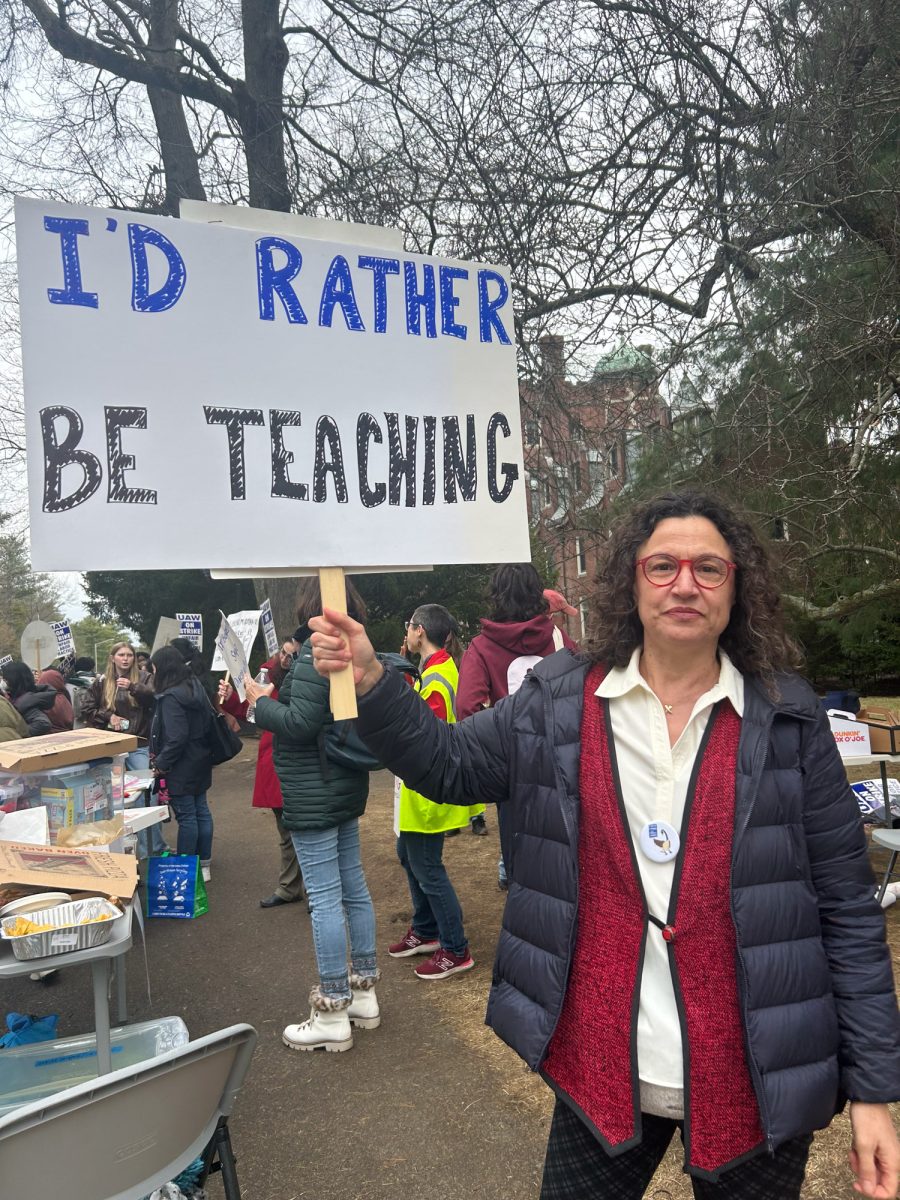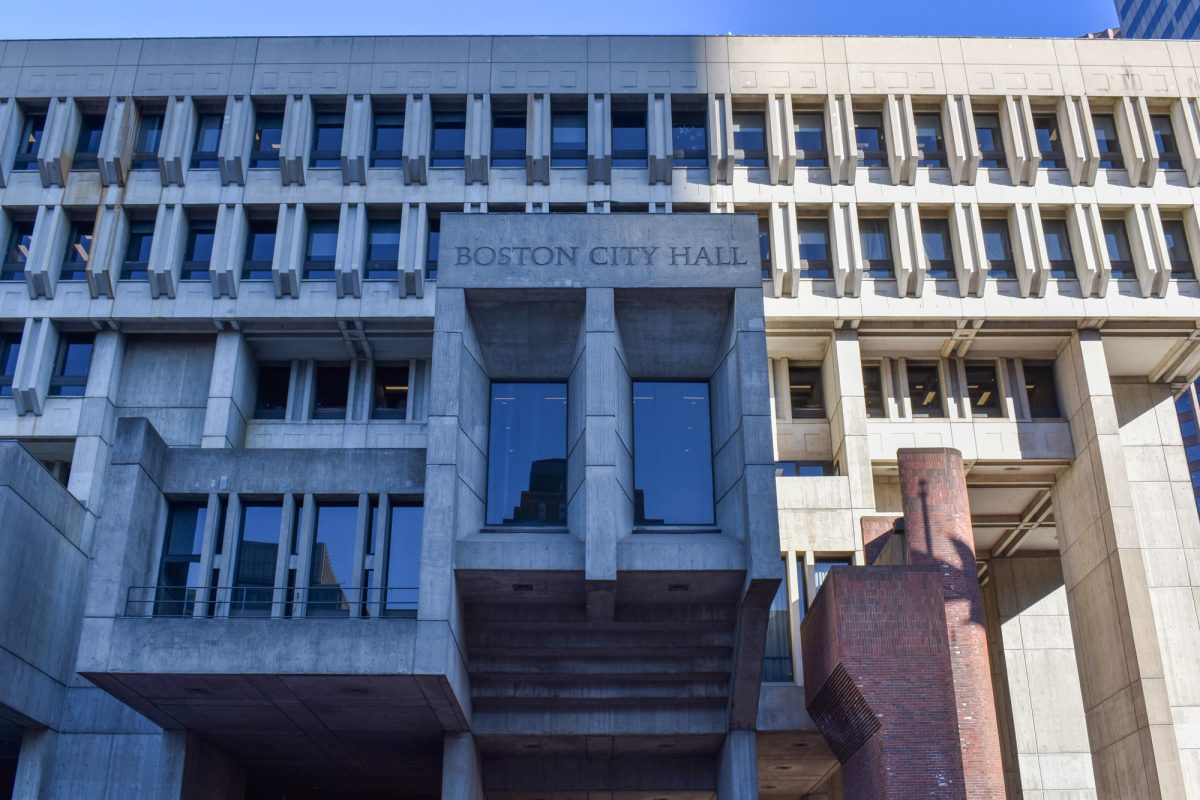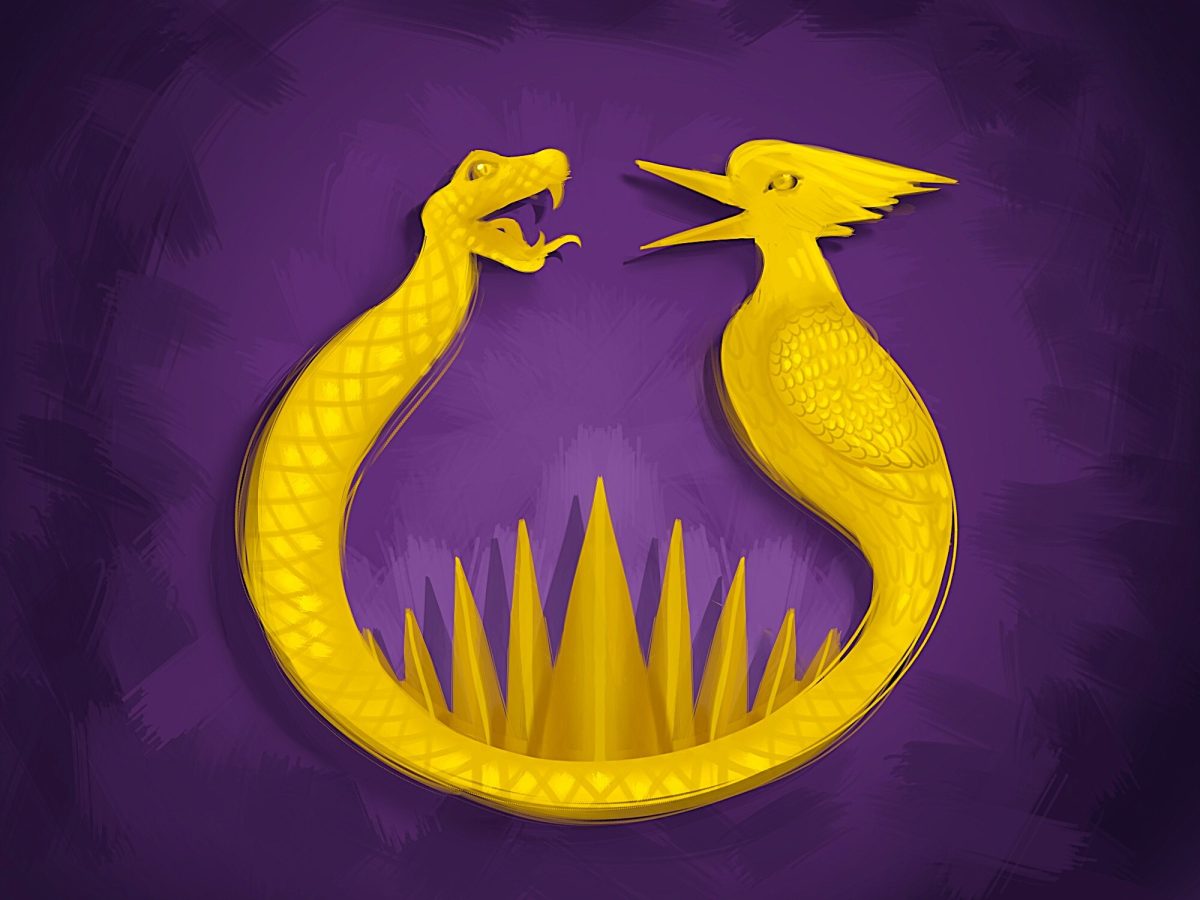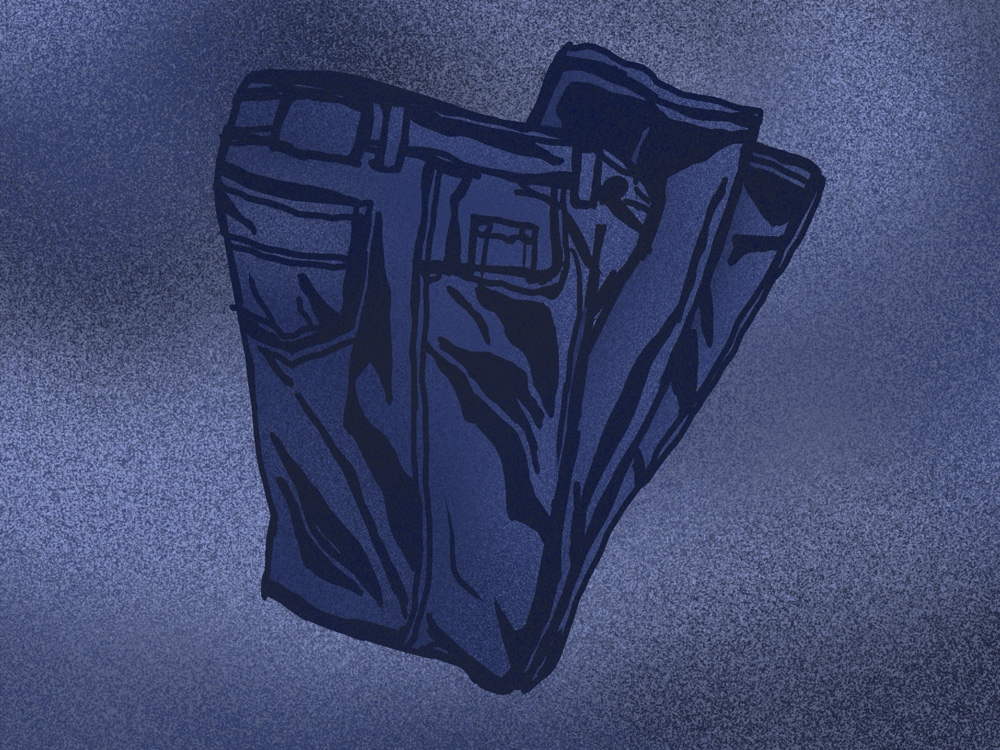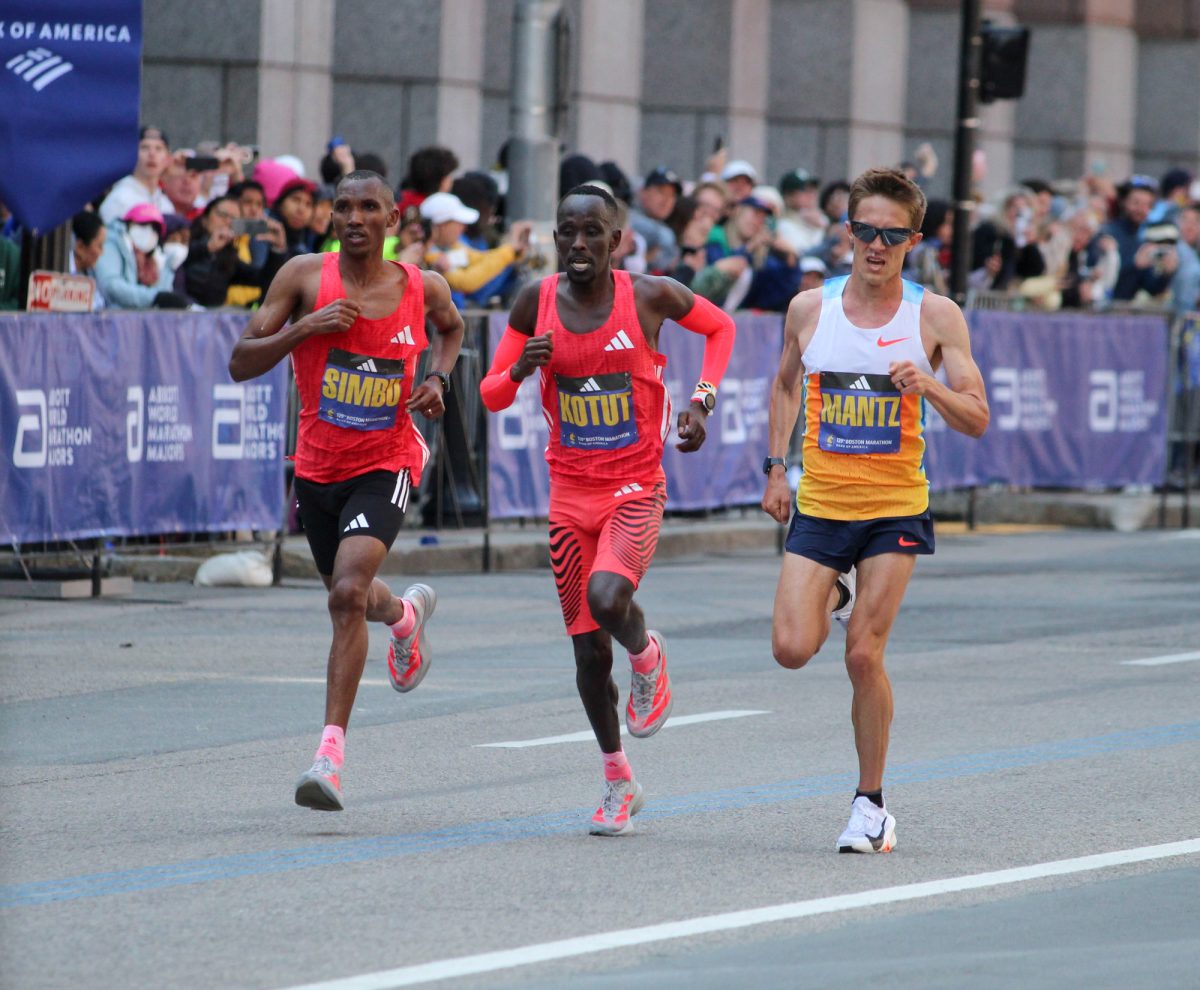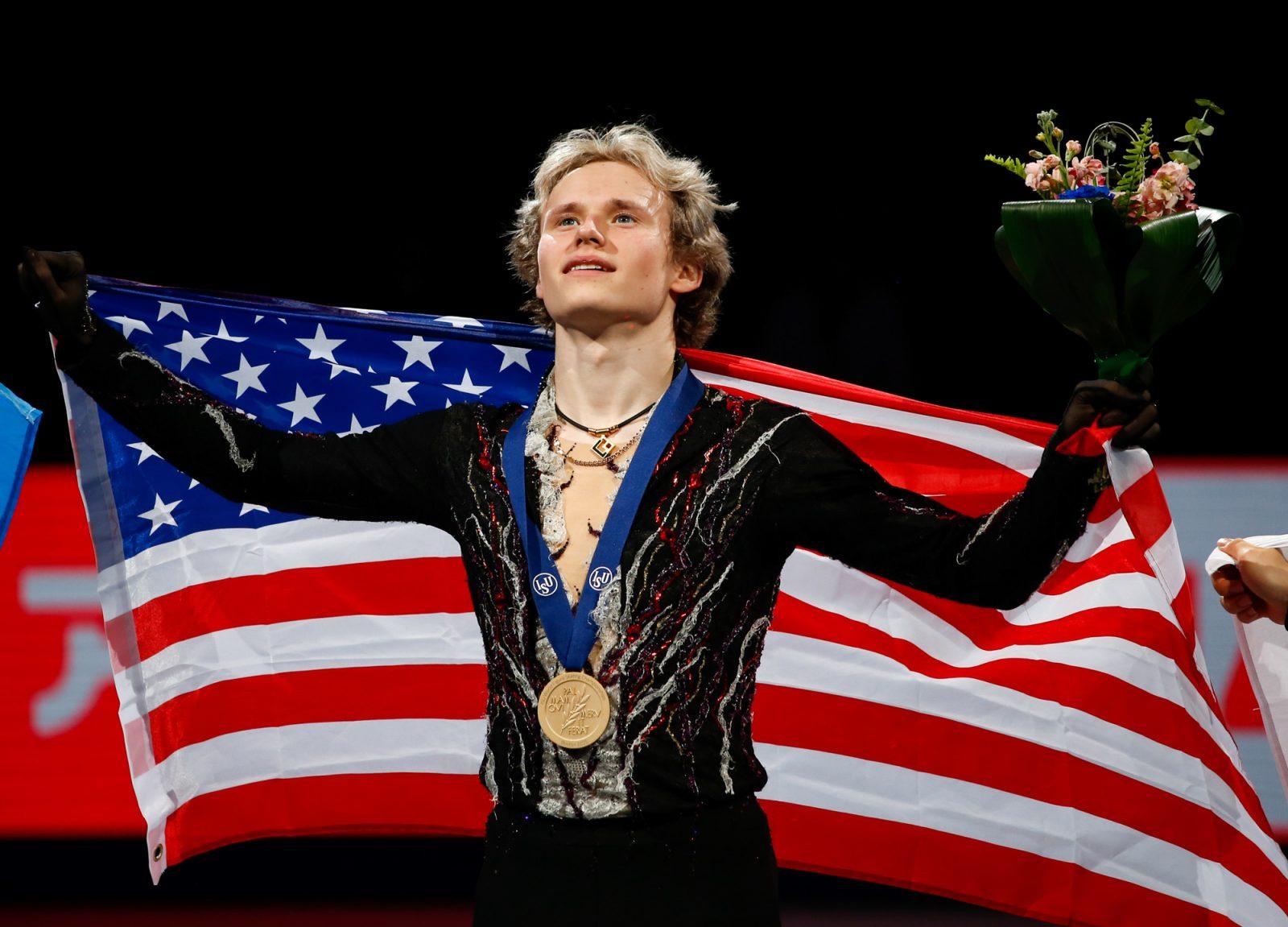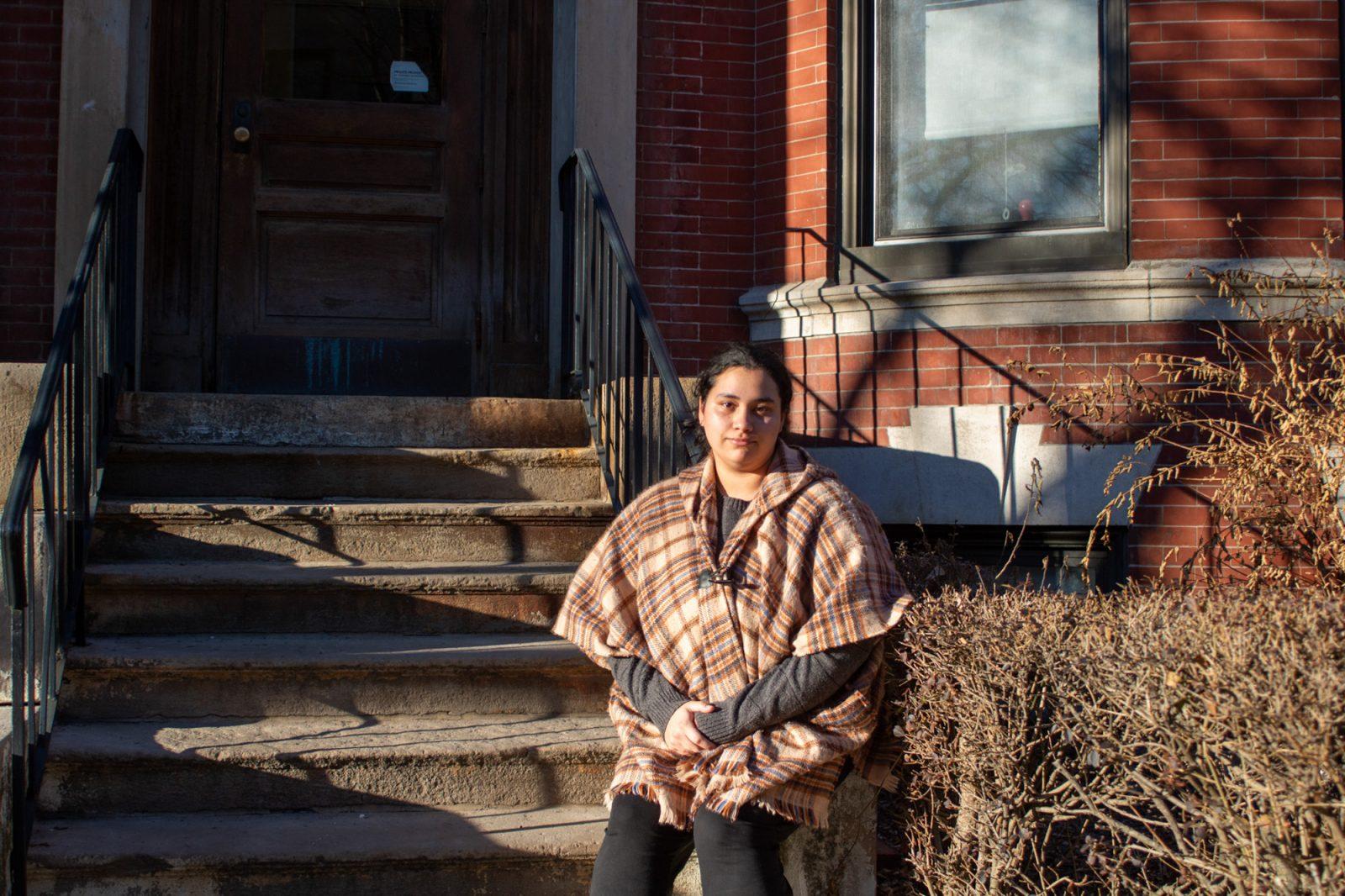Thus far, the 2020 Major League Baseball season continues to surprise and amaze. From the seven-inning double-headers, to the three-batter minimum for relief pitchers and the constantly fluctuating rosters, most baseball fans know less than ever what is coming next.
This trading season saw some teams get completely revitalized and others get dismantled. On top of that, ‘Deadline Day’ turned into a 24-hour run right up to Monday’s 4 p.m. deadline where trades broke like clockwork.
Now that we know who’s heading where, here are the winners and losers of this year’s trade season, along with a couple of wild card teams whose moves can only be described as ‘boom or bust.’
Winner: Boston Red Sox
Although the team looks disgraceful on the field, Chief Baseball Officer Chaim Bloom’s tenure at the helm of the Sox has been brilliant. He traded away costly, older and sometimes ineffective players such as Heath Hembree, Mitch Moreland, Kevin Pillar and more while restocking a farm system that the previous regime destroyed.
Boston will not play any better in 2020 with the young players it acquired, but its future was made much less grim.
Winner: Oakland Athletics
The Athletics don’t usually shop for bigger names or top-line talent. However, this year they went out and got a seasoned veteran in pitcher Mike Minor, a southpaw who tied for first in Wins Above Replacement for pitchers in 2019 and a strong lefty bat in infielder Tommy La Stella. These two well-known faces can only help the division-leading A’s stave off the Houston Astros and get even stronger for the final stretch of the season.
Loser: Tampa Bay Rays
The Rays entered 2020 with a stout rotation, an underrated bullpen and a lineup stacked with young, talented hitters. They might be playing good baseball right now, but no team has been decimated by injuries this year more than the Rays.
They lost seven of their relievers, three starting pitchers, their starting catcher and their best lefty bat in Austin Meadows, just since July 21. Put simply, the Rays needed to make moves and they didn’t. Now it seems increasingly unlikely that they can sustain this level of play.
Loser: Arizona Diamondbacks
Arizona entered the season with very high hopes. The additions of Madison Bumgarner and Starling Marte, along with the rest of their young players, could have made the D-Backs a fringe Wild Card team.
Their season has been a disaster and they’re now trading away all of their talent. Lefty pitcher Robbie Ray, closer Archie Bradley and Marte are all gone. Hopefully they will now commit to tanking.
Wild Card: San Diego Padres
The Padres were easily the busiest National League team during this trading season, but there is a reason for not calling them a winner.
Before the 2015 season, General Manager A.J. Preller, who also conducted this year’s series of trades, acquired stars like James Shields, Craig Kimbrel and Justin Upton, which turned the Padres into ‘Champions of the Offseason.’ If you don’t remember how that turned out, it flopped big-time.
In 2020, San Diego once again made a flurry of trades to acquire big-league talent like ace pitcher Mike Clevinger, a duo of catchers, a veteran left-handed slugger in Mitch Moreland and multiple relief pitchers to bolster a shaky bullpen.
The big difference between 2015 and now is that the 2015 Padres had zero young talent to surround the players they traded for. That is not the case in 2020.
San Diego’s youth is flourishing in 2020, and that core has received bolstering that makes the Padres a possible darkhorse World Series contender.
Wild Card: Toronto Blue Jays
The Blue Jays directly addressed two significant needs through trades: starting pitching and shortstop Bo Bichette’s injury. Trading for a trio of starting pitchers in Ross Stripling, Robbie Ray and Taijuan Walker, as well as a versatile infielder in Jonathan Villar, may help Toronto stay afloat in a tight American League East race, but each move carries sizable risk.
Ray has not been the same since a breakout 2017 campaign. Neither his velocity nor command looks like it once did.
Walker remains highly injury-prone, even if his stuff looks as good as ever in 2020.
Villar has an on-base plus slugging average of less than .700 this season, and Stripling’s WAR is -0.8. Toronto’s core is progressing in its development, but these moves will either make them into a playoff team or cause them to implode as the season closes out.
These six teams were definitely not the only ones to make either lots of moves or none at all, but this sextet definitely stands out for the players involved and the degree to which their rosters changed or stayed the same. Now we get to see the results of the activity and inactivity of the 2020 trading season.

